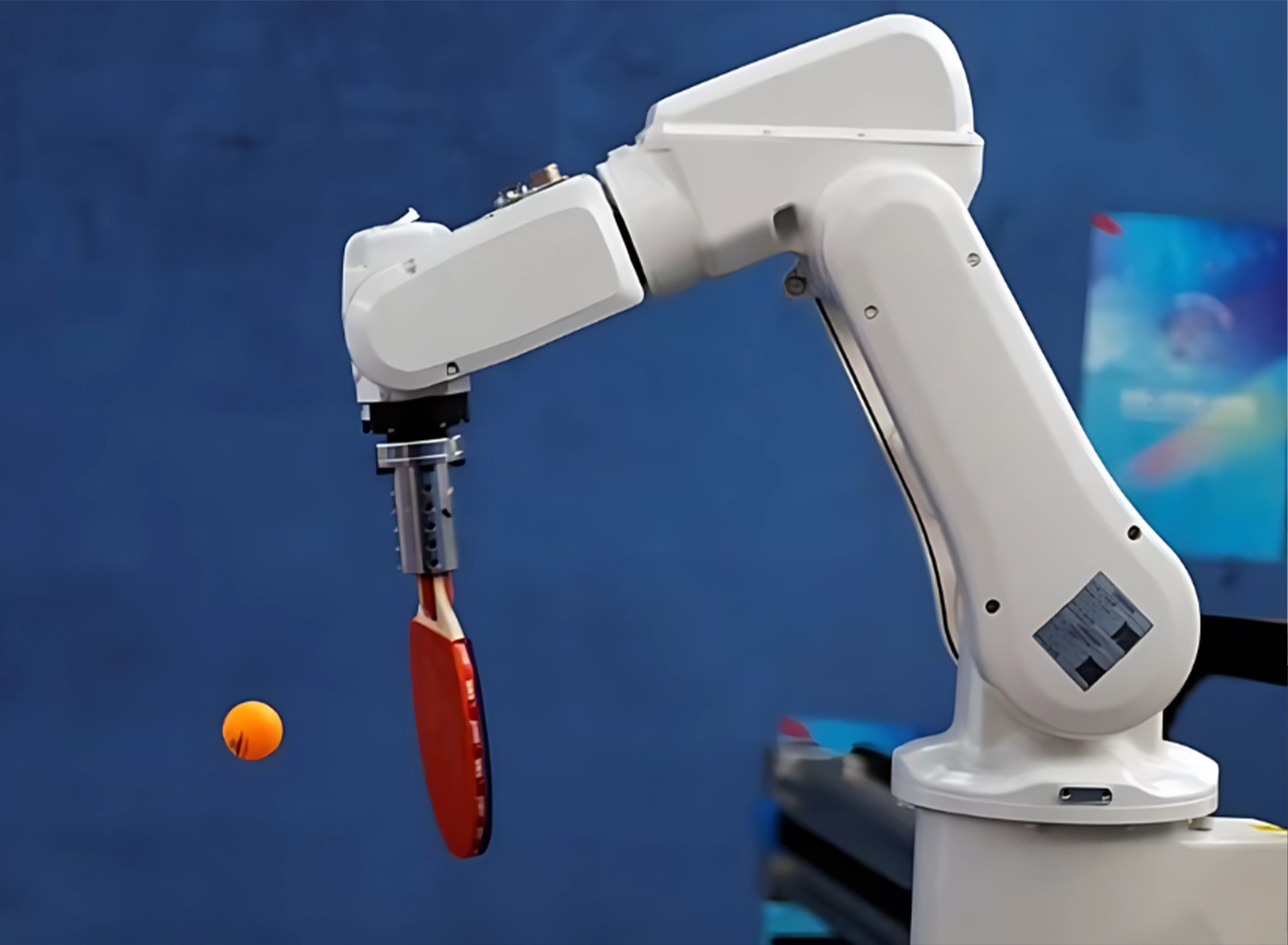
Robotics and embodied AI are entering a multi-year investment cycle. Market forecasts indicate strong growth through 2030, with 2026 spending likely ranging from $60B to $90B, and five-year total expenditures between $0.4 trillion and $0.7 trillion. Manufacturing leads the way, followed by logistics, and then services expand as tooling matures. Platform buyers include operators, robot manufacturers, and automotive company leaders.
Market size scenarios
Scenario A. ABI Research estimates a global robotics market of $50B in 2025 and projects about $111B by 2030 with a mid-teens compound rate. A simple trajectory suggests about $58B in 2026 and about $384B cumulative from 2026 to 2030.
Scenario B. Mordor Intelligence estimates $73.6B in 2025 and $185B by 2030 at about 20% CAGR. That implies about 88 to $89B in 2026 and about $663B cumulative over 2026 to 2030.
Installation context. IFR reports 542 thousand industrial robot installations in 2024, with Asia at about 74% of new deployments. Manufacturing remains the demand anchor.
Who spends the most
- Operators. Amazon with more than 1 million robots. Walmart with a network-wide Symbotic retrofit. BYD with automated EV lines. Foxconn with sustained AI and robotics capex.
- Robot makers. FANUC, ABB with SoftBank exposure, KUKA under Midea ownership, and Yaskawa. Humanoid builders such as Figure, Agility, Apptronik, 1X, and Unitree ramp factory pilots and early production.
- Automotive leaders. Hyundai and Boston Dynamics, Tesla, BMW, Mercedes, and Toyota. Each runs active pilots on lines or in logistics with expanding internal autonomy teams.
The SoftBank and ABB signal
What the deal indicates. Distribution, data, and durability together create leverage. ABB brings a global installed base, field service, and qualified hardware. SoftBank brings an AI portfolio mindset and experience in automation assets such as Berkshire Grey. Short-term value arrives through AMRs, vision retrofits, and safety upgrades. Long-term value arrives through operating data that can train robot foundation models at fleet scale.
Why others cared. ABB’s global share, breadth across arms, AMRs, and software, and presence in China create a scarce platform for physical AI scale. Market observers expected corporate actions around ABB. A negotiated sale path accelerated timelines versus alternatives.
What operators are buying in 2026
- High-payload arms with integrated vision and force control
- Human-safe cobots for flexible cells and small-batch runs.
- AMRs and ASRS for high-throughput distribution centers
- Mobile manipulators for mixed tote and pallet flows
- Edge AI stacks with fleet management and analytics.
- Safety systems, QA tools, and retrofits for legacy cells
Practical guidance for 2025 to 2027
- Prioritize week one wins. Aim for a measurable KPI lift within 30 to 60 days. Examples include units per hour, defects per million opportunities, or overall equipment effectiveness.
- Hire for mechatronics and MLOps. Winning teams integrate safety-critical controls, perception, and DevOps. Close the loop with production data and human-in-the-loop evaluation.
- Design for variance. Focus on parts variety, lighting changes, clutter, packaging shifts, and recovery paths. The value sits in the long tail.
- Plan for defense dual use. Demand exists. Export controls, autonomy policy, and electronic warfare resilience require dedicated compliance and test plans.
Quick reference on leaders and moves
- SoftBank and ABB Robotics at about $5.4B, with Marc Segura in leadership
- Amazon has over $1M robots, CTO Tye Brady, Sequoia storage, Digit trials, Vulcan manipulation.
- Walmart and Symbotic across 42 distribution centers, $520M in platform investment, Symbotic acquisition of Walmart’s robotics unit, CEO Michael Loparco, Chairman and Chief Product Officer Rick Cohen
- John Deere with Blue River at $305M and Bear Flag at $250M, CTO Jahmy Hindman
- Figure AI, with $675M raised and a BMW pilot, CEO Brett Adcock
- Agility Robotics with RoboFab production and an Amazon pilot
- Apptronik, with a Mercedes pilot and $350M raised, CEO Jeff Cardenas
- 1X with $100M raised, CEO Bernt Ø. Børnich
- Unitree with a $139M Series B for humanoids and quadrupeds
- Hyundai and Boston Dynamics are scaling Atlas for factories under CEO Robert Playter.
- Defense signals include Anduril with $2.5B raised at a $30.5B valuation, Shield AI with $240M at a $5.3B valuation, the U.S. Army with a $1B Switchblade order, and UGV deliveries to Ukraine from Milrem Robotics and Rheinmetall.
Brief history and why it matters now
Christian & Timbers focused on robotics and early AI since the 1980s. Teams were built at GE’s R and D center in Schenectady and Albany and at IBM in Boca Raton for the 7535 and 7565 manufacturing robot systems. American Robot in Pittsburgh, led by Romesh Wadhwani, stands among early placements. The firm placed more than 500 robotics engineers and leaders. These roots guide today’s embodied AI executive work across operators and builders.
What to do next
- Build a pipeline of pilots with 30 to 60-day KPI targets.
- Stand up a data backbone for fleet learning and QA.
- Sequence roles across mechatronics, autonomy, safety, MLOps, and reliability
- Align finance, facilities, and industrial engineering around the scale-out template.s
Closing thought
Physical AI converts model capability into real output. The next five years reward operators and builders who turn pilots into scaled throughput with robust safety, service, and learning loops. Christian & Timbers support leadership teams across this stack, from robotics platform companies to operators with multi-site rollouts.

